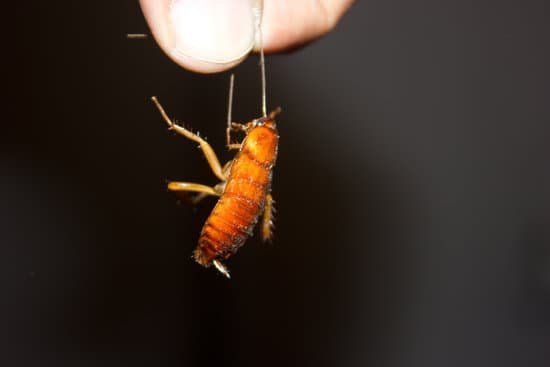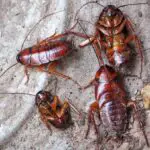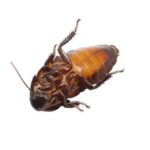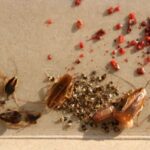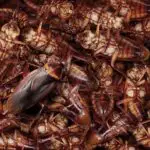Where Do Cockroach Breathe?
Cockroaches breathe through a system of tubes called tracheae, which connect to openings called spiracles. When a cockroach needs to breathe, the spiracles open and a large quantity of oxygen-rich air diffuses into the body cavity. Oxygen is then exchanged with carbon dioxide in the body tissue through the tracheoles.
Cockroaches use their spiracles to breathe and to expel carbon dioxide. To do this, they must use muscles to contract and expand their abdominal segments. They also close their spiracles when they stop breathing. This process helps regulate the insect’s water loss. Cockroaches can survive up to 30 minutes submerged in water because their spiracles open and close with each contraction.
Although some species of cockroaches can breathe in water, they do so rarely. Most of them live near water sources. However, a few species can survive in water for a long time. Some roaches are even capable of holding their breath for as long as 40 minutes when fully submerged. It is important to know that roaches do not breathe through their mouths. Oxygen is instead taken in through a small opening in their thorax, where it is distributed throughout the body.
While the average cockroach can survive without air for up to three-quarters of an hour, a total vacuum can kill them in under an hour. Cockroaches can also survive in plastic bags with a small amount of air. If a cockroach is trapped in a plastic bag, it can survive for 3-5 days before it runs out of air.
